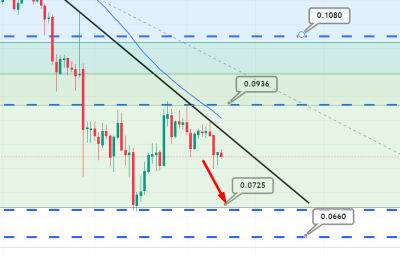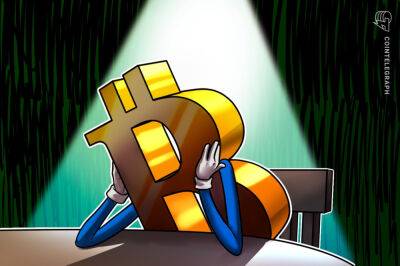Price rises in Estonia are the highest in the EU. So what's it like going food shopping?
The cost of living crisis, and rising energy prices, are hitting families across Europe hard.
Estonia in particular is experiencing the highest levels of inflation in the eurozone, at 22.4% in October compared to 6.8% just one year ago -- although there are some hopeful signs this will ease slightly.
So what's it like for Estonians who have to balance their budgets, cope with the fast-rising prices, and yet still somehow provide food, clothes and heat for their children with winter rapidly approaching?
We talked with two families, and an Estonian supermarket chain, to hear their stories.
Harles Tiitsmaa and his wife Hedvy live in the southern city of Tartu with their 31-month-old daughter.
He's one of the generation of Estonians who went off to work in Finland in construction when wages on the north side of the Baltic Sea were much higher than at home, but returned a few years ago when Estonian salaries started levelling up.
Now he works in a fisheries job for the government and spends most of his days outside in the fresh air on small lakes around Tartu -- he calls it his "dream job" -- while Hedvy teaches French and drama to middle school students.
"Food prices went up. Before the war, our weekly budget for grocery shopping was €70 and now it's €90 or more, it depends," Harles told Euronews.
Electricity costs have gone up too, he explained, by some 150%, but the family now has a fixed price contract of 13 cents per kilowatt for their two-room apartment. Last year, said Harles, it was just 6 cents, or less, per kilowatt.
"Lots of people use firewood to survive the winter. Last year, it was €40 for one cubic metre and now it's €100 or more. The government has a support system for electricity bills and gas, but not for
Read more on euronews.com




















